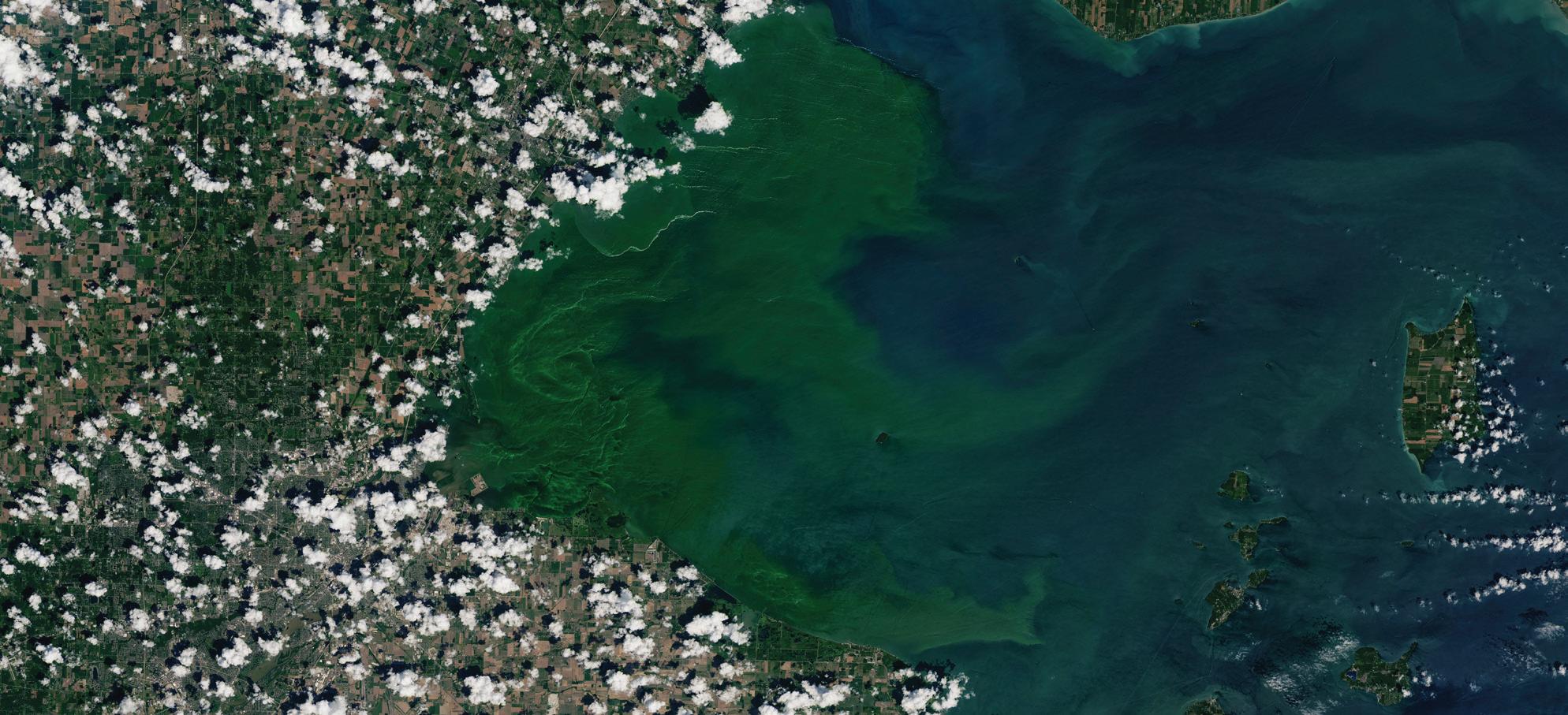NOAA’s Space Weather Prediction Center Not science fiction By Craig Collins
M
ost of the definitions for the term space buoy read as follows: a common element in science fiction that refers to a stationary object in outer space that provides navigation data or warnings. This, while true, leaves out an important fact: space buoys are real. Since 2016, NOAA’s Space Weather Prediction Center (SWPC), one of the National Weather Service’s (NWS) National Centers for Environmental Prediction, has been receiving data from its own space buoy – the Deep Space Climate Observatory, or DSCOVR – to help the agency monitor space weather. The sun cycles through periods of intense solar storm activity, periodic explosions that emit huge amounts of electromagnetic energy, sometimes forcefully enough to
1956
Dept. of Interior divides fisheries duties of Fish and Wildlife Service into Bureau of Commercial Fisheries and Bureau of Sport Fisheries and Wildlife.
72
Top: A coronal mass ejection bursting from the edge of the Sun on May 1, 2013. Above: Dave Marshall monitors space weather in NOAA’s Space Weather Forecast Office.
propel a huge cloud of ionized plasma, called a coronal mass ejection (CME). CMEs can reach Earth and disrupt the magnetic balance of our planet. Scary as it sounds, these geomagnetic disruptions rarely pose a hazard to people or other organic life, but they can do serious damage to systems on Earth and in space that rely on electronics. The largest known solar event to impact human affairs, the Carrington Event, occurred in 1859, knocking out telegraph systems from North America to Europe. In 1972, a CME
In a worst-case solar storm, $100 billion in space assets could be lost.
1956
Weather Bureau initiates a National Hurricane Research Project.
NOAA PHOTOS
NOAA TODAY









































